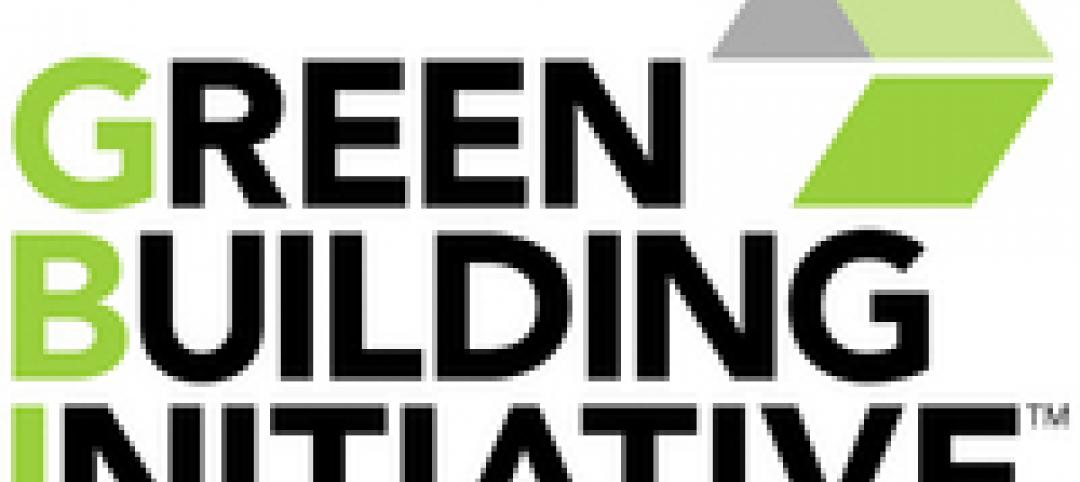A public beta version of a new tool that enables users to learn how building and infrastructure projects can “radically reduce embodied carbon” was released at Greenbuild this month.
The Embodied Carbon in Construction Calculator (“EC3”) delivers the first digitized EPDs for construction materials in a platform designed to accelerate early adoption, according to a news release from the Carbon Leadership Forum. The free, open-access tool is based on the industry’s first database of digitized Environmental Product Declarations (EPDs).
Unlike operational carbon emissions, which can be reduced over time with building energy-efficiency renovations and the use of renewable energy, embodied carbon emissions are locked in place as soon as a building is built. Embodied carbon will be responsible for almost half of total new construction emissions between now and 2050, according to Architecture 2030.
EC3 is the first free tool that allows for supply chain-specific analysis of embodied carbon data, using the first searchable and sortable database of all United States and Canadian Environmental Product Declarations for concrete, steel, wood, glass, aluminum, insulation, gypsum, carpet, and ceiling tiles. It is the first tool to create a digital EPD form and to translate all EPDs into that form for viewing and analyzing data. Previously, users had to work with PDF-based EPDs.
Related Stories
| May 31, 2012
Lawsuits push the legal boundaries of green building definition
This article explores some legal issues stemming from lawsuits in which plaintiffs have charged developers with not delivering on a promised level of sustainability.
| May 31, 2012
ANSI approves Green Building Initiative’s design standard
The Green Building Initiative (GBI), a Portland, Ore. nonprofit organization, has had its new consensus-based standard for the design, construction, and operations of environmentally friendly buildings approved by the American National Standards Institute (ANSI).
| May 31, 2012
USGBC testing Minnesota buildings to see if they are living up to LEED standards
The Minnesota chapter of the U.S. Green Building Council (USGBC) has teamed up with EnergyPrint, a St. Paul, Minn. energy consulting firm, to study the energy and water use of more than 150 buildings in the state that have LEED certification.
| May 29, 2012
Reconstruction Awards Entry Information
Download a PDF of the Entry Information at the bottom of this page.
| May 25, 2012
Major retail chains welcome LEED Volume option
Large national chains such as Starbucks, Marriott, Verizon, and Kohl’s are welcoming the LEED Volume Program that enables them to batch certify similar projects.
| May 25, 2012
Alaska’s okay of gravel aggregate with naturally occurring asbestos opens up development
Some long-delayed projects in the Upper Kobuk region of Alaska may now move forward thanks to legislation that allows construction in areas that have naturally occurring asbestos.
| May 25, 2012
Las Vegas building codes may thwart innovative shipping container development
A developer wants to build a commercial development out of steel shipping containers in Las Vegas, but city codes would have to be altered or the project would have to obtain waivers for it to receive the city’s go-ahead.
| May 25, 2012
Collapse of Brooklyn building that killed worker blamed on improperly braced frame
The Occupational Safety and Health Administration cited SP&K Construction with 11 safety violations, for which it could face more than $77,000 in fines.
| May 25, 2012
Study: Safety inspections don’t hurt the bottom line
A new study suggests that random safety inspections by regulators help reduce injury claims without hurting profits.










